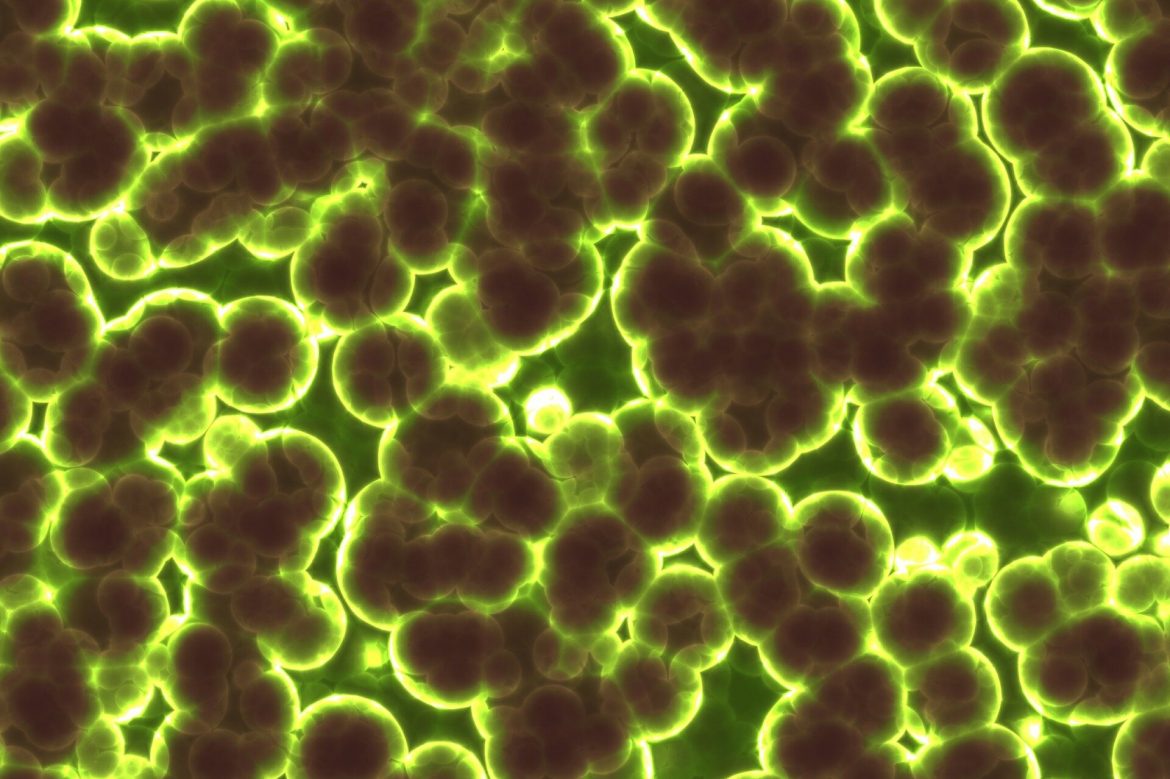
Generating Electricity from Air
Australian scientists have discovered an enzyme that produces electricity from the air. In fact, it’s been known for some time that bacteria can use atmospheric hydrogen as an energy source, but we’re just newly learning how they do it.
Mycobacterium smegmatis is a highly resistant soil microorganism, commonly found in the world. Scientists managed to isolate the enzyme that allows this bacterium to use the atmospheric hydrogen as an energy source. This enzyme, which they call “Huc”, can decompose and consume even the smallest amount of atmospheric hydrogen, and therefore, it is much more effective than other known enzymes and catalysts (it can function at even 0.00005% of the hydrogen density in the atmosphere). Furthermore, it can generate energy even under 0°C and at 80°C. Scientists think that M. smegmatis is able to survive in extreme conditions such as polar soils or volcanic craters due to this feature of the enzyme.
The researchers used several new technologies to reveal the enzyme’s atmospheric hydrogen oxidation method at the molecular level. They tried an advanced micro-imaging technique called Cryo-EM to detect the atomic structure and electricity generation pathway. This experiment is said to be the most detailed enzyme analysis achieved by using this technique. In order to show that the isolated enzyme is able to generate electric current even at very low densities of hydrogen, the researchers used electrochemistry techniques.
According to scientists, Huc is a natural battery, and it shows that it is possible to produce small air-powered electronic devices in the future -and become an alternative to solar-powered devices. When you feed the enzyme with more concentrated hydrogen, it creates a stronger electric current that can power bigger machines that require more power, such as cars. Since it is relatively easy to mass-reproduce bacteria that produce Huc-like enzymes, it is entirely possible to see this in our future daily lives as a “sustainable” and clean energy source. Of course, and unfortunately, not in a very near future.
Mycobacterium smegmatis, oldukça dirençli ve dünyada yaygın bulunan bir toprak mikroorganizması. Bilim insanları, bu bakterinin havadaki hidrojeni enerji kaynağı olarak kullanmasını sağlayan enzimi izole etmeyi başardı. ‘‘Huc’’ adını verdikleri bu enzim, çok düşük miktarda atmosferik hidrojeni dahi ayrıştırıp tüketebiliyor ve bu nedenle, bilinen diğer enzimler ve katalizörlerden çok daha etkin (Atmosferdeki hidrojen yoğunluğunun %0,00005’inde işlevini sürdürebiliyor). Ayrıca, 0OC altında ve 80OC’de bile enerji üretme işlevini yerine getirebiliyor ve bu sayede depolanabiliyor. Bakterinin kutup toprakları ve volkanik kraterler gibi çok zorlu koşullarda hayatta kalmasını sağlayan şey, bilim insanlarına göre enzimin bu özelliği.
Araştırmacılar, enzimin atmosferik hidrojen oksidasyon yöntemini moleküler düzeyde ortaya çıkarmak için birkaç yeni teknoloji kullanmış. Atom yapısı ve elektrik üretim yolunu tespit etmek için Cryo-EM adı verilen gelişmiş bir mikro görüntüleme yöntemini denemiş. Bu deneyin, bu yöntemle elde edilen en detaylı enzim incelemesi olduğu söyleniyor. İzole edilmiş enzimin çok düşük hidrojen yoğunluğunda da elektrik akımı üretebildiğini göstermek için ise elektrokimya tekniği kullanılmış.
Huc, bilim insanlarına göre doğal bir batarya; ileride, havayla çalışan küçük elektronik cihazlar üretmenin mümkün olduğunu gösteriyor ve böylece güneş enerjisi ile çalışan cihazlara alternatif olabileceği düşünülüyor. Enzimi daha yoğun hidrojenle beslediğinizde daha güçlü elektrik akımı oluşturuyor ve bu sayede daha fazla güç isteyen, otomobil gibi makinelere enerji sağlaması mümkün. Huc gibi enzimler üreten bakterileri kitlesel ölçekte çoğaltmak da görece kolay olduğundan, “sürdürülebilir” ve temiz bir enerji kaynağı olarak gündelik hayatımızda yer alması söz konusu. Tabii ki ve maalesef, yakın gelecekte değil.
REFERENCES
- 1. https://futurism.com/the-byte/enzyme-turn-air-into-electricity
- 2. https://phys.org/news/2023-03-newly-enzyme-air-electricity-source.html
